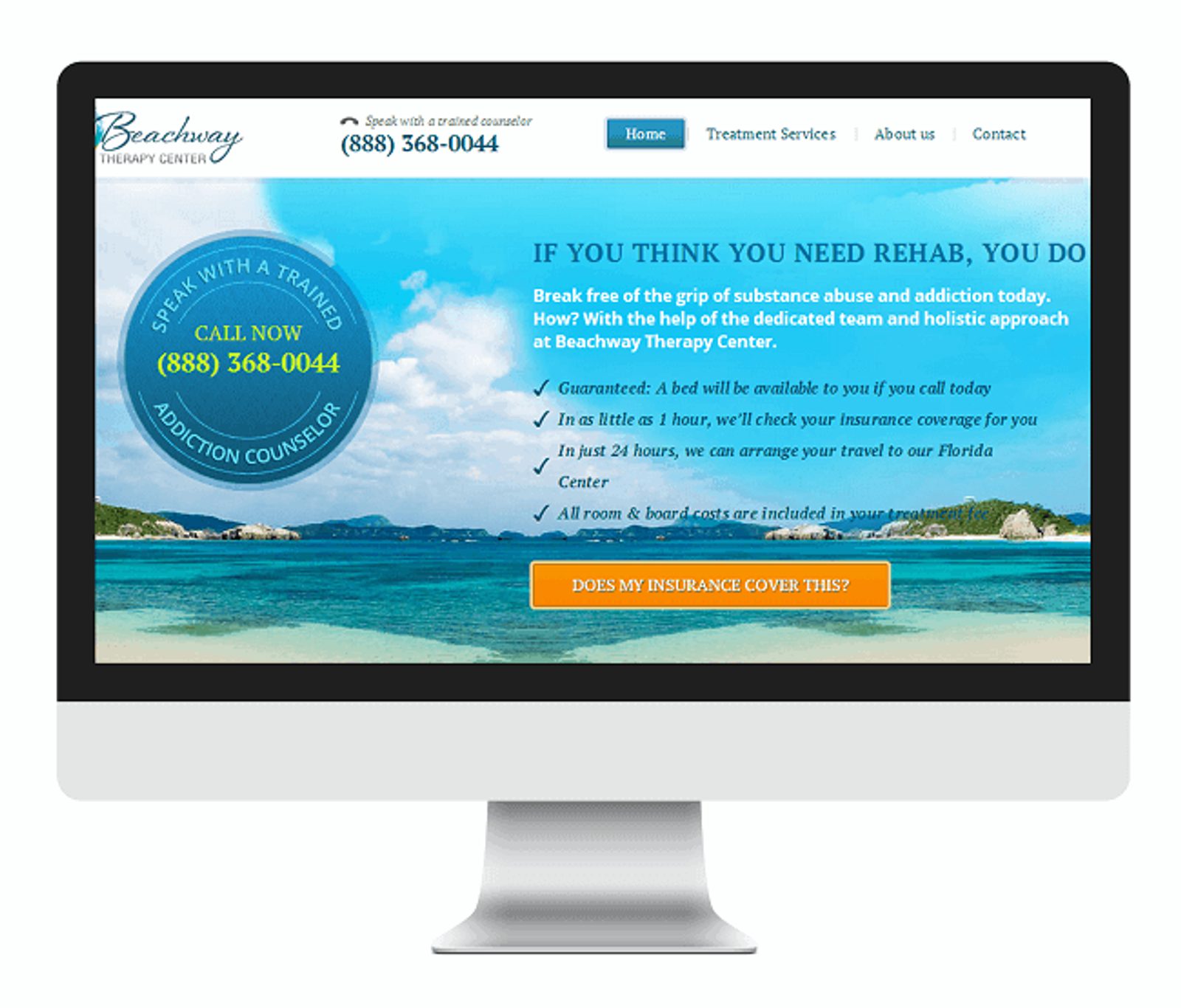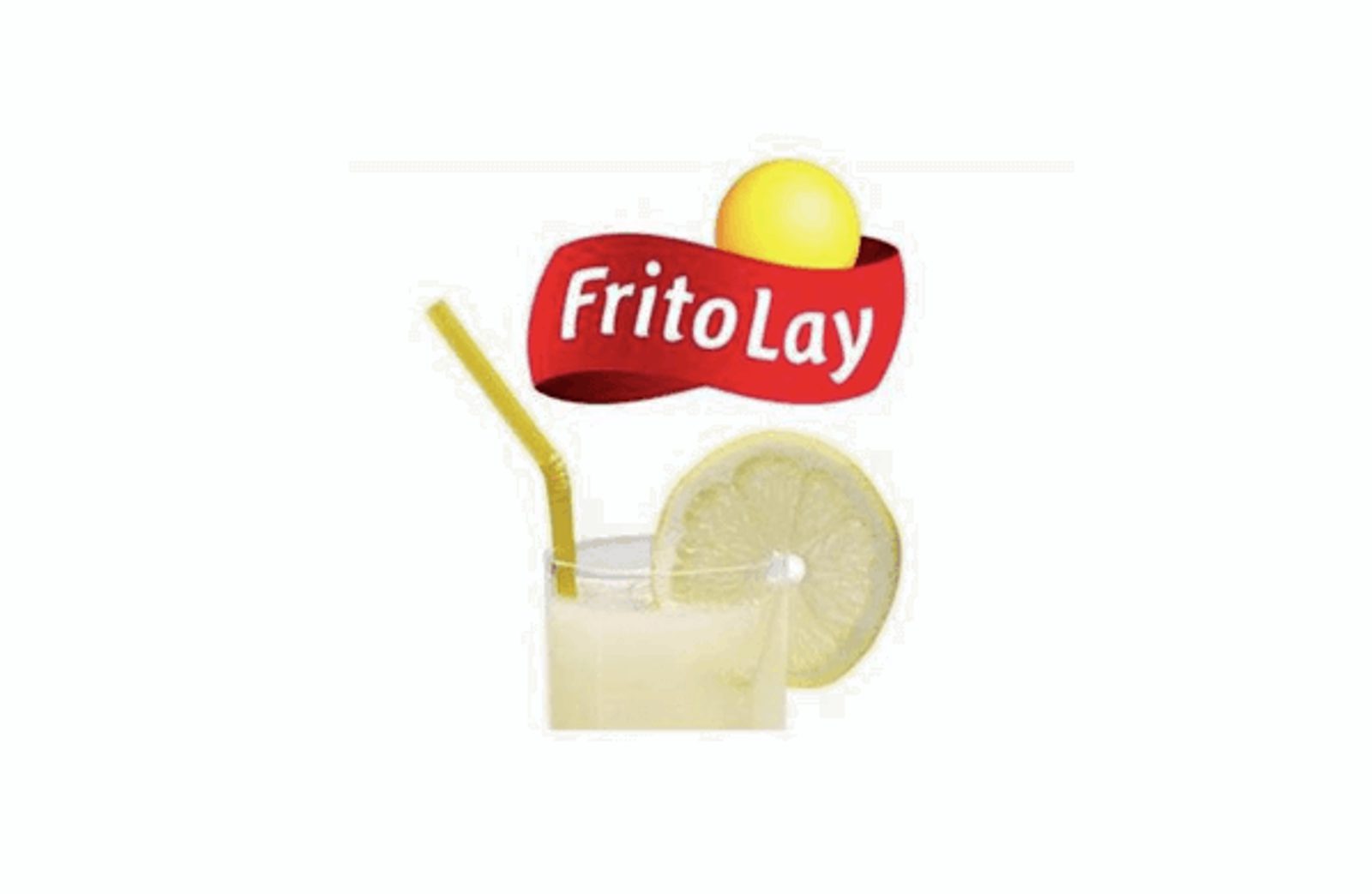Have you ever heard of the phrase, “You built a house of sand on a foundation of straw”?
It means everything that you build on an unstable foundation will fall through and amount to nothing after all of your hard work. Even more likely, the thing you build won’t get far in the first place.
Brand development is the foundation. When businesses don't dedicate enough time to build a brand foundation, it all comes crashing down.
In this post, you’ll learn:
- What is brand development – and is that the same as branding?
- The 4 official steps in the brand development process
- One-hit-wonder brand development ideas that fell flat – and the one big lesson to learn from them
What is brand development?
Brand development is the process of maintaining the quality, distinctive marketing assets, and consumer trust of a brand. Brand development is an ongoing process of serving consumers.
You might hear phrases like “brand development process” or “brand development strategy” and think of a brand development checklist that gets you from start to finish. Bing bang boom, your brand is developed and now you’re done.
Unfortunately, that’s not how it works.
The reality is that brand development is never “done.” There are steps to brand development, but great brands revisit their brand development constantly – and everything they do is informed by the brand they want to maintain.
Your brand is your business’s personality–whether a small business or large one–and is always in development.
Is there a difference between brand development and branding?
Yes, there is!
One is a general concept, the other is the execution behind the concept. Both are important, but still different.
- Brand development = the concept. Brand development is learning about and promoting a brand’s unique traits.
- Branding = the execution. Branding is the tangible application of every communication method you use to promote your brand.
What other phrases do you hear? Things like:
- Brand identity
- Brand strategy
- Brand management
Are they all the same thing?
No, but they all contribute to brand development.
Although there’s a slight difference between branding and brand development, both work towards one important goal – getting people to know who you are.
A customer’s relationship with a business is like any other personal relationship – it requires continuous development or it will turn stale.
You need to show that you care about developing your business’ brand. When you care about your brand, your customers care too. Here’s how to show that you care – AKA what you need to do for the best, continuous brand development.
What are the 4 steps to brand development?
- Know your business
- Know your audience
- Create your resources
- Manage your brand growth
Remember, don’t take the word “step” too literally. Completing a step sounds like a one-and-done action. However. the brand development process is continuous.
1. Know your business — Define your brand’s core message
Who is your business? Where do you stand in the industry? More importantly, what do you stand for?
You need to examine two different relationships to determine your business’s position in your industry. Those are:
- You and your competitors
- You and your customers
For you and your competitors, do a SWOT analysis.
SWOT stands for Strengths, Weaknesses, Opportunities, and Threats.

- Strengths – Where do you excel over competitors in your space? Do your customer service skills deserve an award?
- Weaknesses – What advantages do other competitors have over your business? Is it a service they provide or an audience they are able to target?
- Opportunities – What’s changing in your industry that you can capitalize on? What gaps exist in competitor offerings that you can plant your flag in?
- Threats – What are competitors doing that can cause problems for your business?
Completing a SWOT analysis helps you better communicate your brand message to your target audience. Although this analysis is helpful, the most important relationship to examine is between you and your target customers.
For you and your customers, you need to get inside their heads.
You need to answer questions like:
- What problem does your product solve?
- What are people currently doing to solve that problem?
- Why is your product better at solving that problem than anything else?
Examining these two relationships helps you create the core message of your business in your industry. Now you need to create a positioning statement.
Also called market positioning, your positioning statement should spell out what distinguishes your business from other businesses – and why your target customers should choose you over a competitor.
Always think of the ultimate benefit you give your customers — that’s what increases the value of your brand positioning.
As Harvard economist Theodore Levitt once said, “People don’t want to buy a quarter-inch drill. They want a quarter-inch hole.”
What your positioning statement should not do is promise rainbows and unicorns. A positioning statement is like a brand promise – which means people expect you to make good on your promise.
If your positioning statement sounds like you have all the answers, that’s what people will expect from your business.

"The worst part of a positioning statement exercise is that it assumes you know the answers.
Our customers often do not know nearly as much about the universe of potential solutions to a problem as we do. As product creators, we need to be experts in the different solutions that exist in a market, including the advantages and disadvantages of choosing them.
Customers, however, have often never purchased a solution like yours before. They are approaching the solution to their problem with a clean slate and little knowledge of what “state of the art” in your domain looks like. You may worry a lot about an up-and-coming startup in your space, but your customers have likely never heard of them...
...Sometimes, traditional positioning statements try to capture this idea under the label “differentiator.” In general, you will have many differentiators. The key is to make sure they are different when compared with the capabilities of the real competitive alternatives from a customer’s perspective."
2. Know your audience — identify and research your target customers
I bet that you’ve heard the phrase, “Know your audience” before. I wonder, though, if someone on the street were to ask you how you market your business...do you have the exact words that cause people’s ears to perk up and notice your business?
Part of your brand development is knowing your audience well enough to send good, targeted content – like blogs or ads – that helps them.
Many brands think they know their audience, or create buyer personas to try and pinpoint them. But buyer personas get you stuck thinking of who you want your audience to be – not actually who they are.
Joanna Wiebe of COPYHACKERS tells you how – look at reviews.
“You shouldn’t look inside your head for the messages that will convince your prospects.
You’re not your prospect. So how the hell could you know what they need to hear? It’s vanity to think you could. Instead of writing your message, steal it. Steal it directly from your prospects.”

The new messaging on this site came from customer language in an Amazon book review. It increased button clicks by 400%. It increased form submissions by 20%, even though the form was on an entirely separate page. Source: COPYHACKERS
For everything else, read:
- Product reviews
- Customer testimonials
- Help forums
- Social media
- Everything else where customers give feedback
These are their thoughts and problems in their own words. Use their words to make a complete audience definition and learn about these details:
- Pain points
- Motivations
- Influencers
- Tools they already use
3. Create your resources — spread brand awareness
Actual branding starts here. To develop your brand, you need to outline specific branding guidelines and create content to promote your business.
Take your customer analysis, competitor analysis, and online review info to create your brand positioning message. Then, use that positioning message to create branding materials for your business. That means things like:
- A style guide
- A content strategy
- A logo (you can use an AI logo creator or a logo maker to design your own)
- A logo
- A tagline
- A website

Although consumers form a first impression of a brand’s logo within 10 seconds, it takes 5-7 impressions for consumers to remember the logo – Action Card
Once you have your branding materials ready, you can create content to promote your business! This includes:
- Blogs
- Videos
- Social media posts
- Infographics
- Gated content
- Original research
You can use all of your branding materials to create your content, like a branded original research report. Here’s where you can promote your business and continuously build brand awareness:
- Social media: Facebook live video, Twitter interactions, Instagram stories, the reach options here are endless.
- Events: Host your own or have a booth at someone else’s event
- Organic search: An organic SEO strategy can direct a lot of traffic your way
- Paid search: Paid, targeted ads can integrate into other promotional efforts like social media
4. Manage your brand growth — track your progress
The fourth step in the brand development process is tracking.
A brilliant brand development plan means nothing if you can’t tell what kind of impact it has on your business.
You need to consider things like:
- What’s happening with your search traffic?
- Has the volume of your web visitors increased?
- Are people sharing your brand on social media?
- How many new leads were generated?
The only way to answer these questions is to track your progress and make the right adjustments to your brand development plan.
Create your plan, promote your brand, track your progress, and adjust things as needed.
One-hit-wonder brand development ideas that fell flat
What comes to mind when you think of brands like Frito-Lay or Colgate?
Chips and toothpaste, right?
These brands have established themselves as the go-to for many beloved commodities, and have spent a lot of time getting to that point.
When you develop a brand, you create a personality you want people to remember. But in a competitive industry, it’s easy to feel like you need flashy, unique ideas to keep your business’s name at the forefront.
A couple of well-known businesses tried to take their brand development to the next level, and those attempts can only be described as failures to learn from.
Frito-Lay Lemonade
It sounds like the perfect brand pairing, right? A salty snack with a sweet refreshment.
Frito-Lay thought so, which is why the already well-branded chip company decided to branch out of their target market and add a little extra flavor to its brand.
With lemonade.

Frito-Lay Lemonade. Wait, isn’t that logo supposed to go with a chip? (Source: LoveMoney)
Not exactly what you expect to get from a company that’s known for making some of your favorite crispy snacks, right?
Well, they did it anyway. And it was not, shall we say, a success.
As Matt Haig wrote in his book Brand Failures, consumers made little or no connection between lemonade and the brand which had always been a chip producer. When you hear Frito-Lay, you think of chips, not sweet drinks.
Stacked on grocery shelves alongside popular lemonade vendors, nothing helped it stand out. Sales were terrible, and it vanished from shelves as quickly as it arrived.
The irony of ironies, Frito-Lay lemonade left a bit of a salty stain on the brand’s history.
Colgate Kitchen Entrees
Yes, Colgate. As in the toothpaste. In 1982, Colgate introduced a range of frozen ready meals called Colgate Kitchen Entrees to their brand.
Fun fact – this brand development failure was such a flop that it’s now displayed in the Museum of Failure.
When done right, an extension of your brand is a positive thing for your business. But you still should try to stay within your realm while doing it.
That was Colgate’s mistake. Colgate is interchangeable with oral hygiene, so a foray into food was not the best idea for them.

Imagine if they had tried beef lasagna toothpaste....(Source: Forbes)
Bottom line: When you’re trying a new angle of brand development, your efforts need to be consistent with core brand values and customer expectations.
These examples show us that brand development doesn’t mean you have to make big changes to what you’re doing. It’s one thing to make a splash, it’s another to make a scene.
Don’t let the idea of brand development pressure you into making your business something it's not.









